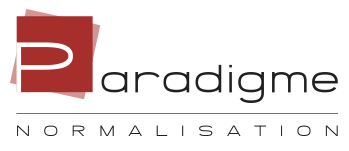Training
Accounting and assurance standards – Related party transactions

Length: 3 h 30
Updated training for 2025-2026
Summary
Corporate structures that include holding companies, entities under common control, or investments in other entities often generate related party transactions. Governed by Chapter 3840, these transactions raise recognition, measurement, and disclosure challenges, frequently compounded by the interaction with Chapter 3856 – Financial Instruments. Professional practice inspections often highlight deficiencies in identifying related parties and in the quality of documentation and note disclosures.
Learning Objectives:
- Correctly identify related parties and map the relevant relationships (common control, significant influence, management entities).
- Classify and measure transactions under Section 3840 (normal course vs. non-arm’s length) and determine the appropriate measurement basis (carrying amount or exchange amount), taking into account the impact of Section 3856 (non-interest loans, compound instruments, guarantees).
- Document the commercial substance of transactions, fair value, and professional reasoning (evidence, assumptions, sources).
- Prepare financial statement presentation and disclosure (requirements, materiality thresholds, sample note disclosures).
- Adapt documentation according to the type of engagement (CSRE 2400 review, CAS audit) and the entity type (ASPE/NPO).
- Standardize analyses and decisions using Paradigme questionnaires/decision trees to reduce inconsistencies and improve efficiency.
Agenda
Identify, understand and apply new accounting rules in financial reporting
- Difficulty in identifying accounting related parties
- Measurement of financial assets and liabilities between related parties
- In connection with Section 3856 Financial Instruments
- Transactions in the normal course of business and not in the normal course of operations
- Changes in ownership interest
- Independent evidence of fair value
- Commercial substance of transactions
- Book value versus exchange value
- Disclosures and notes to financial statements
- Particularities of related parties for NPOs
- Documentation for review engagement files and audit files
Last but not least
- Presentation of the changes made to the Paradigme Questionnaires
- Practical examples:
- Identifying related and unrelated parties
- Measuring financial assets and liabilities between related parties
- Illustrate the various criteria provided in the decision tree
- Examples of situations that may require an adjustment to the financial statements
- Examples of notes to the financial statements
- Discussion with participants
Results for your firm
- Strengthened knowledge of the rules governing related party transactions and their interaction with Section 3856.
- More robust and consistent documentation, supporting quality reviews.
- Reduced risk of inadequate presentation and incomplete disclosures.
- Efficiency gains through Paradigme tools and workflows (standardized analysis).
Soyez les premiers informés!
Inscrivez-vous à notre infolettre et soyez à l’affût des formations disponibles et des nouveautés.


